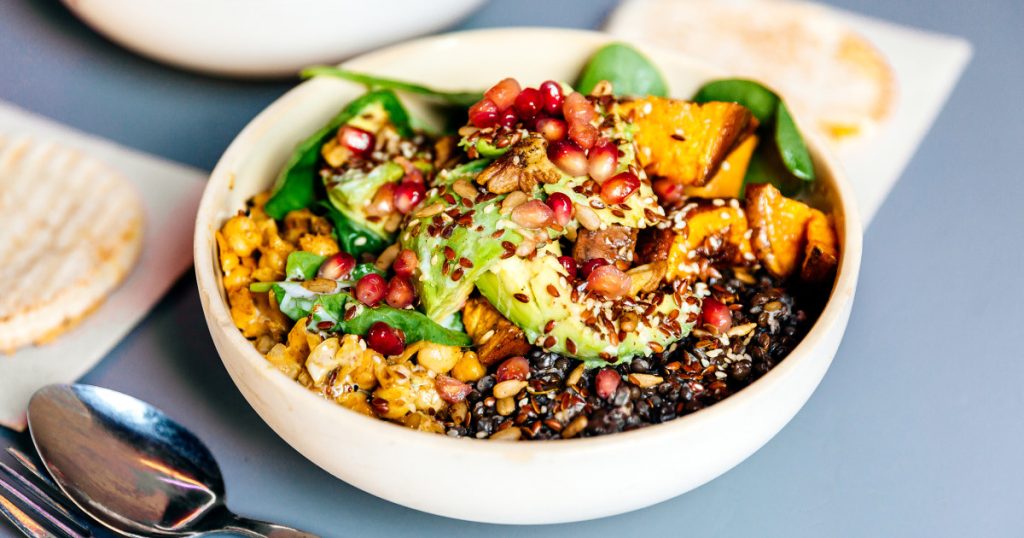The flexitarian diet is a flexible approach to eating that encourages a plant-forward diet while allowing for occasional consumption of meat, dairy, and eggs. Created by registered dietitian-nutritionist Dawn Jackson Blatner, the diet is ranked as one of the best overall diets by U.S. News & World Report due to its flexibility and potential for long-term healthy eating habits. The primary focus of the flexitarian diet is to increase consumption of plant-based foods such as vegetables, fruits, nuts, seeds, beans, legumes, and whole grains, while reducing intake of animal products.
Research shows that following a flexitarian diet can offer numerous health benefits, including protecting brain health, assisting with weight loss or maintenance, reducing the risk of Type 2 diabetes and cardiovascular problems, boosting mental well-being, lengthening lifespan, and improving overall quality of life. Plant-based foods are rich in fiber, antioxidants, essential vitamins and minerals, and other health-protecting substances while being naturally lower in calories compared to animal products. Additionally, a flexitarian diet has a smaller environmental impact than a meat-heavy diet, as plant-based foods have a smaller carbon footprint.
In addition to the health benefits, following a flexitarian diet can also lead to feeling more full for longer, increased productivity and energy levels during the day, improved sleep at night, and a strengthened immune system. However, transitioning to a more plant-based diet may require some time and effort, especially in learning new ways to prepare meals and ensuring adequate intake of certain nutrients like calcium and B12. It’s important to gradually increase the number of meatless meals in your diet and make plant-based foods the focus of your eating pattern.
To get started with the flexitarian diet, consider incorporating more plant-based meals into your week while reducing the portion sizes of animal-based foods. A sample meal plan might include dishes like a sweet potato and black bean breakfast bowl, chickpea and avocado wrap for lunch, garlicky pasta with broccoli for dinner, and snacks like cucumber slices with guacamole or a cherry chia cobbler. Experiment with different recipes and meal ideas to find what works best for you on your flexitarian journey. Ultimately, the key is to find a balance that suits your lifestyle and preferences while reaping the health benefits of a plant-forward diet.


